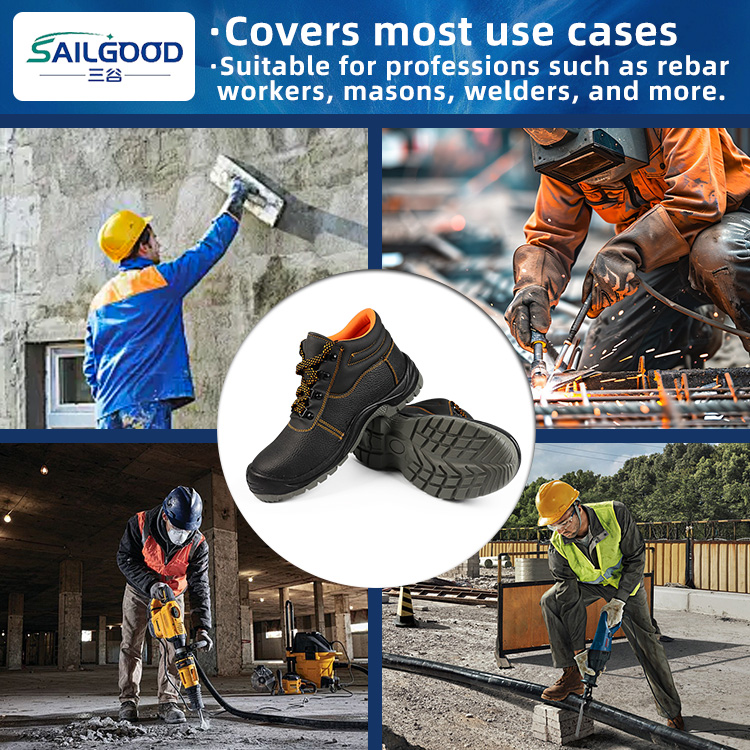ESD Shoes vs Insulated Safety Shoes: Key Differences
Upload Time:
Sep 25, 2025
ESD shoes and insulated safety shoes serve different purposes: one prevents static buildup, while the other protects against electrical hazards. Understand the differences for safe work.
Safety footwear plays a critical role in protecting workers from various workplace hazards. Two common types are ESD (electrostatic discharge) shoes and insulated shoes, each designed for specific safety requirements. Understanding their differences ensures proper protection for employees.
ESD Shoes (Anti-Static Shoes)
-
Purpose: ESD shoes prevent the buildup and discharge of static electricity, which can damage sensitive electronic components or create sparks in flammable environments.
-
Material: Typically made with conductive or dissipative materials in soles and heels to safely discharge static electricity to the ground.
-
Applications: Commonly used in electronics manufacturing, cleanrooms, laboratories, and environments with flammable materials.
-
Key Feature: Focus on controlling static electricity rather than providing high-voltage insulation.
Insulated Safety Shoes
-
Purpose: Insulated shoes protect workers from electrical shocks by preventing current from passing through the body.
-
Material: Made with non-conductive materials such as rubber or specific polymers that block electrical currents.
-
Applications: Used in power plants, electrical maintenance, construction sites, and other environments with live electrical hazards.
-
Key Feature: Focus on preventing electrocution; static electricity is not their primary concern.
How to Choose the Right Footwear
-
Task Requirement: Determine if your work involves static-sensitive environments or high-voltage hazards.
-
Standards Compliance: Ensure shoes meet relevant safety standards (e.g., ASTM, EN, ISO).
-
Comfort and Fit: Proper fit and ergonomic design improve safety and efficiency.
Conclusion:
Choosing between ESD shoes and insulated safety shoes depends on the workplace hazards. ESD shoes prevent static discharge, while insulated shoes protect against electrical shocks. Selecting the correct type is essential for worker safety and operational efficiency.
Relevant News








